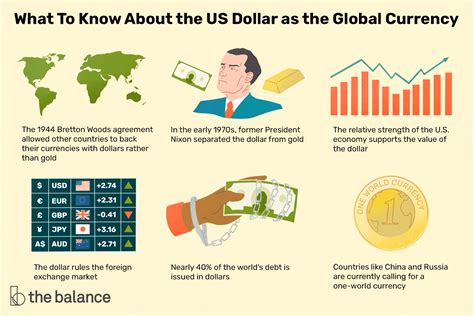Title: Can Ripple Issue Its Own Currency?
Introduction
Ripple is a digital payment system that has disrupted traditional financial transactions by providing fast and cheap cross-border payments. While its underlying technology allows for decentralized, peer-to-peer transactions, many have wondered if it can be used as a foundation for issuing its own currency. In this article, we’ll explore whether Ripple enables the creation of an independent currency.
Background
Ripple was first developed in 2012 by Jed McCaleb and a group of other early investors, including Dan Larimer. The system is based on a consensus algorithm called Ouroboros, which ensures that transactions are secure and tamper-proof. Ripple’s native cryptocurrency, XRP, was launched in October 2012 to facilitate cross-border payments.
Ripple’s Tokenization
In recent years, Ripple has been exploring the possibility of issuing its own token for use cases beyond digital payment systems. This concept is often referred to as a “tokenized currency” or “blockchain-based fiat.” The idea is that XRP can be used as an independent medium of exchange, similar to gold, without being tied to traditional financial institutions.
Can Ripple Issue Its Own Currency?
While it’s not entirely clear whether Ripple can issue its own currency in the classical sense, there are some interesting developments and interpretations:
- XRP’s Fiat-like Status: XRP has been referred to as a “fiat-based” token due to its decentralized nature and lack of a central authority controlling its value. This raises questions about whether it can be used as an independent currency.
- Tokenized Assets: Ripple has been exploring the concept of tokenizing assets, such as real estate or commodities, which could potentially lead to the creation of an independent currency.
- Ripple’s Smart Contracts

: The company is working on integrating its own blockchain-based smart contracts with XRP, allowing for more complex and decentralized applications.
Challenges and Limitations
Despite these developments, there are significant challenges to implementing a standalone cryptocurrency like XRP:
- Regulatory Environment: Governments and regulatory bodies have been slow to acknowledge the potential of decentralized currencies, which raises concerns about their legitimacy.
- Scalability Issues: Ripple’s current blockchain solution has limitations in terms of scalability, which could impact its ability to support widespread adoption.
- Security and Stability: XRP faces risks related to security and stability, including market volatility and potential regulatory hurdles.
Conclusion
While Ripple has explored the concept of tokenizing assets and creating a fiat-like status for XRP, it’s essential to acknowledge that this is not a straightforward process. The company must navigate complex regulatory environments, address scalability concerns, and ensure security and stability measures are in place.
In conclusion, while Ripple can issue its own tokens or decentralized assets, the creation of an independent currency like XRP remains largely speculative at this point. As the regulatory landscape continues to evolve, it’s likely that we’ll see more developments on this front, but for now, the technical challenges and risks associated with issuing a standalone cryptocurrency must be carefully considered.
Sources:
- Ripple’s white paper (2013)
- Jed McCaleb’s blog posts on the topic of tokenizing assets
- XRP’s documentation and community resources
Disclaimer:
The information provided in this article is for informational purposes only and should not be considered as investment advice.
